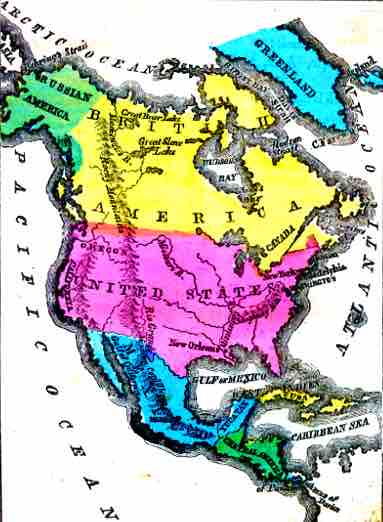An illegal immigrant in the United States is a non-citizen who has either entered the country without government permission and in violation of United States Nationality Law, or stayed beyond the termination date of a visa. Unauthorized immigration raises many political, economic and social issues and has become a source of major controversy. Illegal immigrants continue to outpace the number of legal immigrants—a trend that's held steady since the 1990s. While the majority of illegal immigrants continue to concentrate in places with existing large Hispanic communities, illegal immigrants are increasingly settling throughout the rest of the country.
Between 7 million and 20 million illegal immigrants are estimated to be living in the United States. The majority of these illegal immigrants are from Mexico. An estimated 14 million people live in families in which the head of household or the spouse is an illegal immigrant. A quarter of all immigrants who have arrived in recent years have at least some college education. Nonetheless, illegal immigrants as a group tend to be less educated than other sections of the U.S. population: 49% haven't completed high school, compared with 9% of native-born Americans and 25% of legal immigrants.

North America
Map of Mexico and United States border
The Pew Hispanic Center determined that according to an analysis of Census Bureau data about 8 percent of children born in the United States in 2008 — about 340,000 — were offspring of unauthorized immigrants. In total, 4 million U.S.-born children of unauthorized immigrant parents resided in this country in 2009. These infants are, according to the Fourteenth Amendment to the Constitution, American citizens from birth. These children are sometimes pejoratively referred to as anchor babies by those aggressively opposed to this method of citizenship attained outside of the legal immigration process. The majority of children that are born with illegal parents fail to graduate high school, averaging two fewer years of school than their peers. But once the parents do gain citizenship, the children do much better in school.
Illegal immigrants work in many sectors of the U.S. economy. According to USA Today in 2006, about 4% work in farming; 21% have jobs in service industries; and substantial numbers can be found in construction and related occupations (19%), and in production, installation and repair (15%), with 12% in sales, 10% in management and 8% in transportation. Illegal immigrants have lower incomes than both legal immigrants and native-born Americans, but earnings do increase somewhat the longer an individual is in the country.
There are an estimated half million illegal entries into the United States each year. A common means of border crossing is to hire professionals who smuggle illegal immigrants across the border for pay. Those operating on the US-Mexico border are known informally as coyotes. According to Pew, between 4 and 5.5 million unauthorized migrants entered the United States with a legal visa, accounting for between 33–50% of the total population. A tourist or traveler is considered a "visa overstay" once he or she remains in the United States after the time of admission has expired. Visa overstays tend to be somewhat more educated and better off financially than those who entered the country illegally. A smaller number of unauthorized migrants entered the United States legally using the Border Crossing Card, authorizing border crossings into the U.S. for a set amount of time. Border Crossing Card entry accounts for the vast majority of all registered non-immigrant entry into the United States – 148 million out of 179 million total – but there is little hard data as to how much of the illegal immigrant population entered in this way.